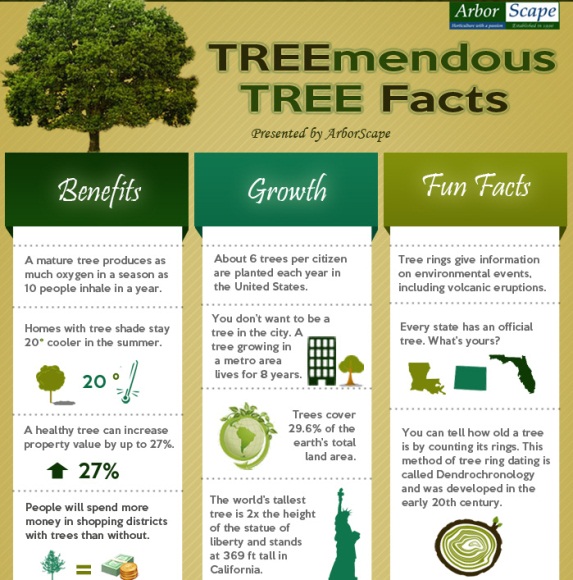Can Trees Be Saved? Just How To Inform If Tree Elimination Is Needed
Can Trees Be Saved? Just How To Inform If Tree Elimination Is Needed
Blog Article
Material Created By-Dale Levy
If you've ever questioned the fate of the trees on your property, understanding when it's time for elimination is crucial. However how do you establish if a tree can be saved or if removal is the only alternative? By looking for particular indications and assessing safety and security dangers, you can make educated decisions that benefit both your landscape and your surroundings. Let's check out the essential aspects that enter play when making a decision the fate of a tree and just how you can ensure the most effective outcome for your eco-friendly buddies.
Indicators of Tree Decline
If you discover any of the complying with indications of tree decrease in your backyard, it might be time to consider tree removal.
One typical indicator is dead or rotting branches, which can indicate underlying issues affecting the tree's health and wellness. Watch out for tarnished or shrivelled fallen City Tree Removal that persist despite correct treatment, as this could be an indicator of illness or bugs.
Another warning signal is extreme leaning or an obvious change in the tree's base, which may suggest origin concerns or structural instability. Watch out for fungal development on the trunk or roots, as this can indicate rot and endanger the tree's stability.
Furthermore, if you observe huge splits in the trunk or significant limbs, it's important to address these issues promptly to avoid prospective threats. Addressing these indications of tree decline immediately can aid preserve the security and aesthetics of your backyard setting.
Safety Concerns
To guarantee the wellness of your property and those around you, prioritizing safety concerns related to trees is critical. Trees can posture numerous safety risks if not effectively kept. Dead or worn out branches might drop all of a sudden, jeopardizing people or harmful frameworks.
Leaning trees can also be unsafe, specifically if they're leaning towards a building or power lines. Furthermore, trees with considerable origin systems near structures or underground utilities can cause substantial damage gradually.
It's crucial to regularly inspect your trees for any kind of indicators of prospective threat. Look out for fractures in the trunk, big cavities, or signs of disease and decay. If you observe any one of these concerns, it's best to consult with a specialist arborist to analyze the circumstance and establish the needed strategy.
Taking aggressive steps to deal with safety issues promptly can prevent accidents and residential property damage in the future. Bear in mind, the safety and security of your residential or commercial property and those around you should always be the leading priority when it involves tree maintenance.
Consulting an Arborist
When taking into consideration the health and wellness of your trees, consulting an arborist is a critical action. Arborists are trained specialists that specialize in the care and upkeep of trees. https://www.sarasotamagazine.com/home-and-real-estate/2019/10/four-great-alternatives-to-grass can assess the general health of your trees, identify any issues such as diseases or architectural issues, and offer experienced recommendations on the very best strategy.
By seeking advice from an arborist, you can get beneficial understandings right into the condition of your trees and figure out whether elimination is needed. Arborists have the understanding and experience to evaluate the threats connected with maintaining a tree versus removing it. They can additionally use support on alternate remedies, such as pruning, cabling, or supporting, to assist maintain the tree whenever possible.
In addition, arborists can aid you navigate any kind of regional guidelines or permits that may be required for tree removal. Their experience can guarantee that the procedure is carried out safely and in compliance with any suitable legislations.
Final thought
In conclusion, when determining whether trees can be conserved or if elimination is required, it is essential to consider indications of decline and safety and security problems. Consulting an arborist for a comprehensive analysis is necessary in making the very best decision for the tree's wellness and prospective dangers. Keep in mind, aggressive treatment and prompt activity can assist protect trees and prevent mishaps.
